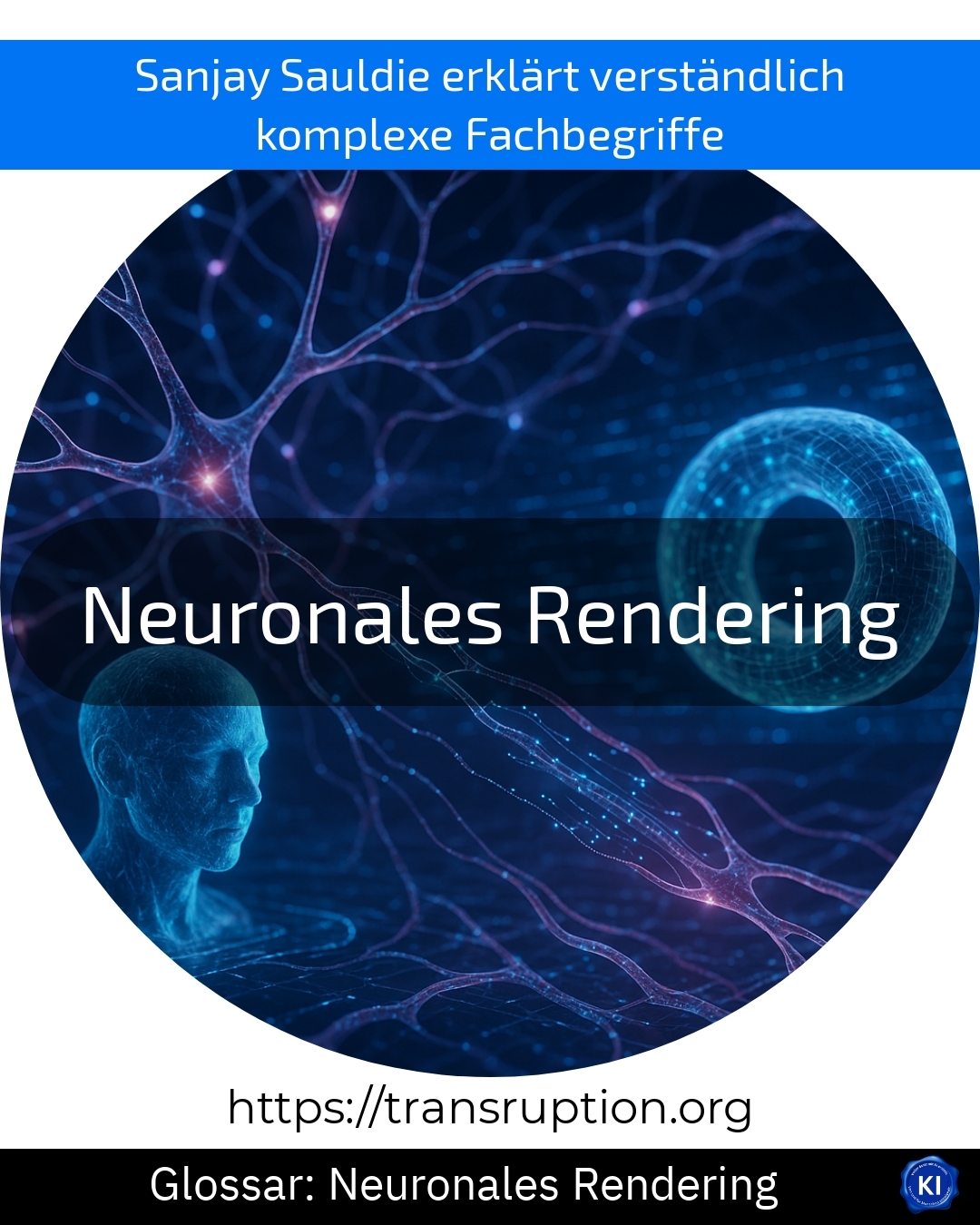Neural rendering is a term used in the fields of artificial intelligence, virtual and augmented reality and digital transformation. It describes an innovative method in which artificial neural networks are used to create or improve images or entire 3D worlds.
Instead of calculating pixel by pixel like traditional computer programmes, in neural rendering an AI learns from many examples what realistic images look like. It can then create impressive, almost photorealistic representations from rough data, such as simple 3D models, or quickly generate high-quality animations.
An everyday example: In modern video games, neural rendering ensures that the game environment looks much more vivid and real - without the need for extremely expensive or powerful technology. This enables companies to visualise virtual products more quickly, offer training courses in realistic environments and make marketing material particularly attractive.
Neural rendering therefore accelerates the development of new digital experiences and reduces costs in the process. This makes it particularly interesting for decision-makers who want to digitise their offerings creatively and efficiently.















